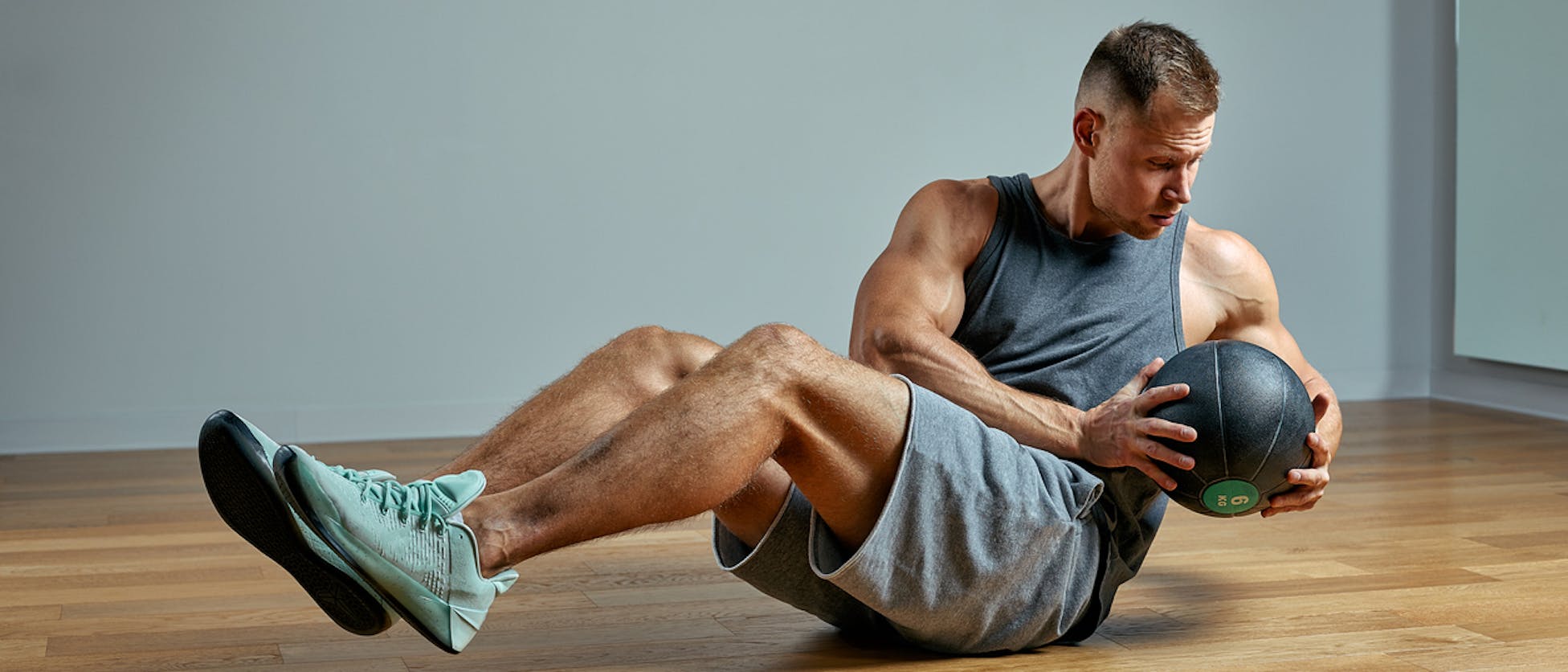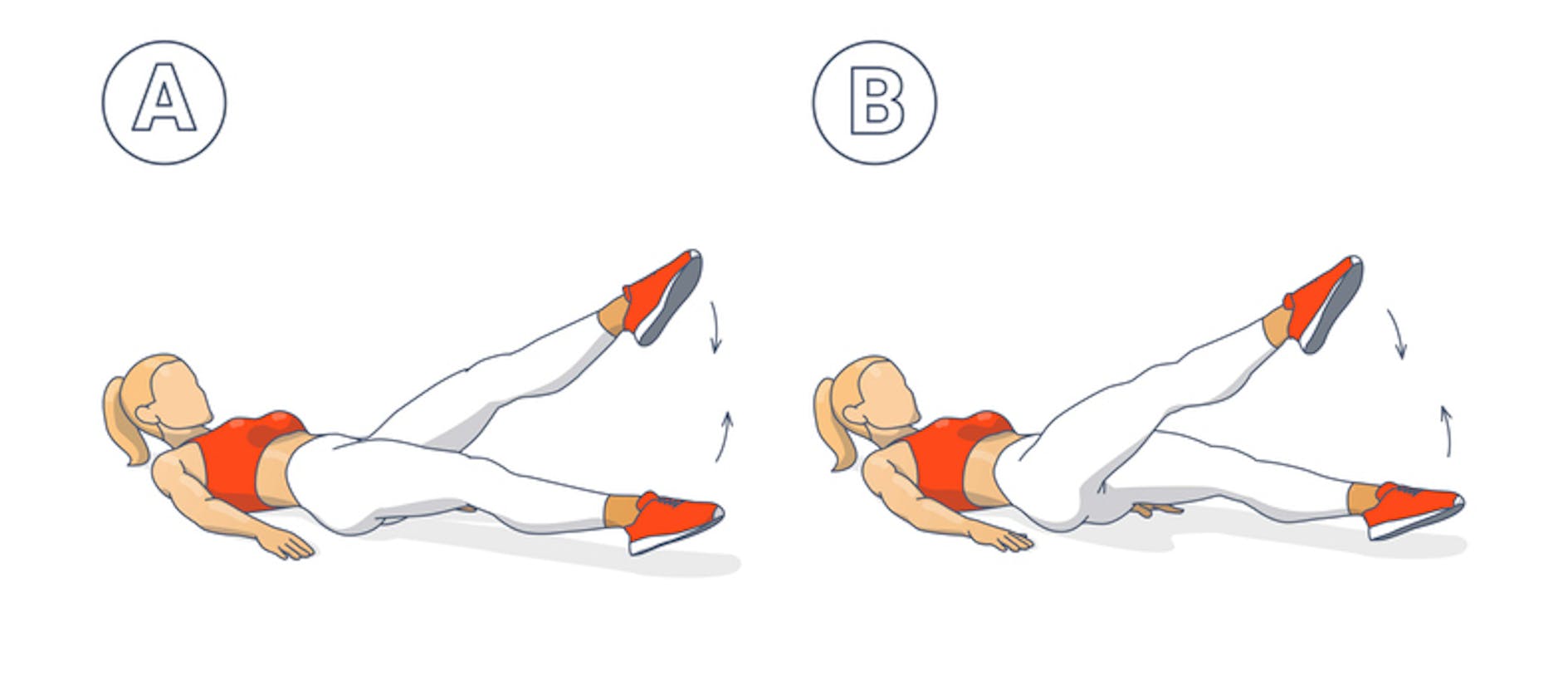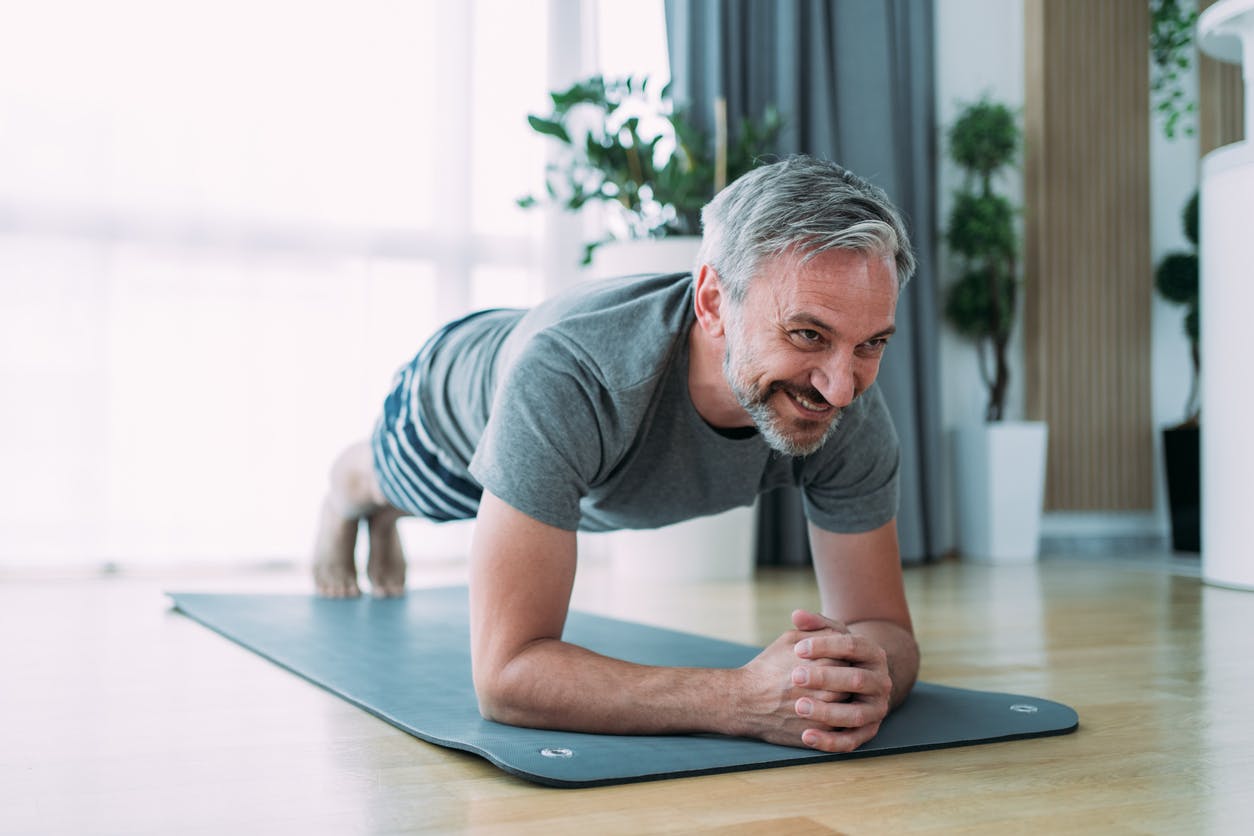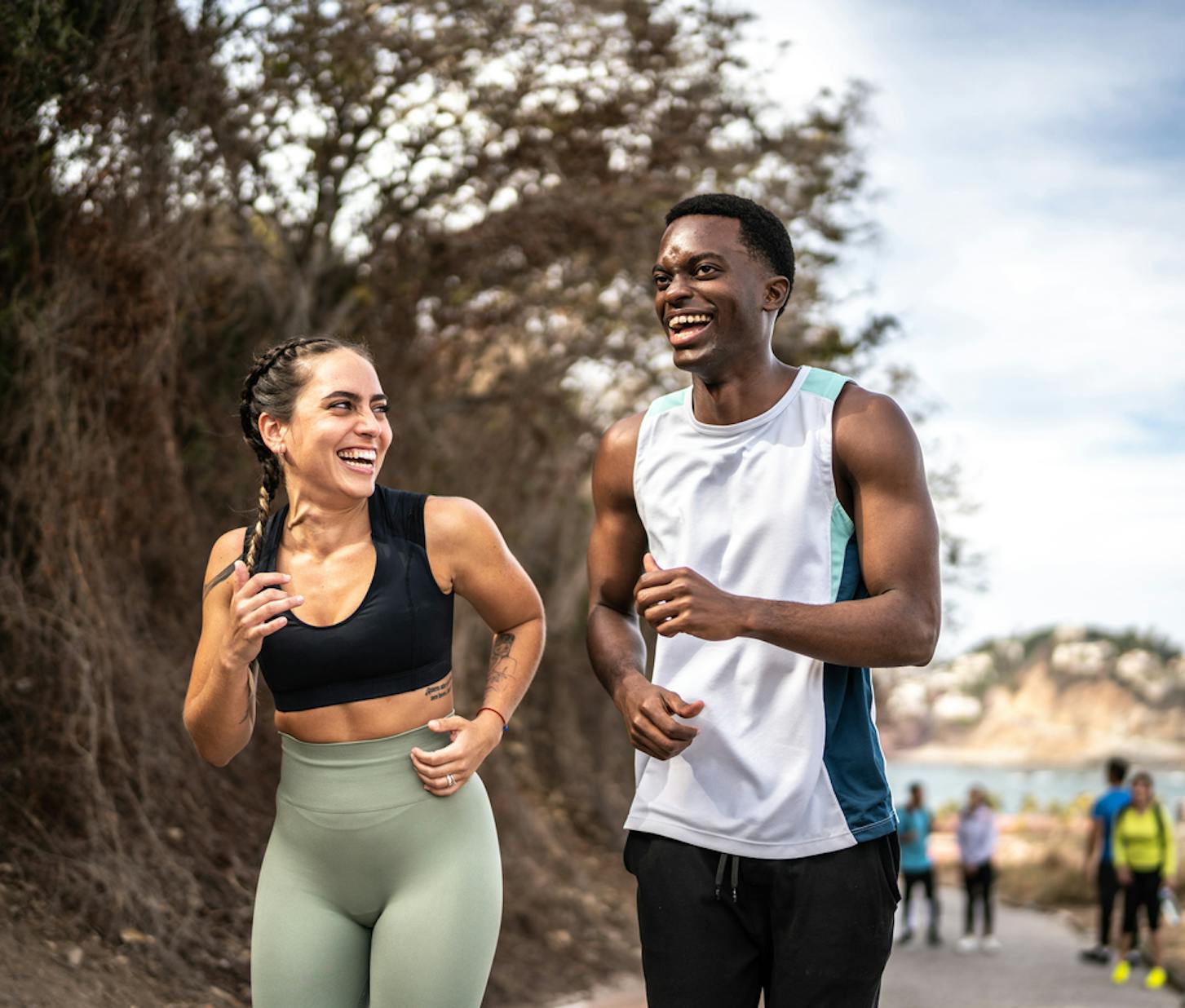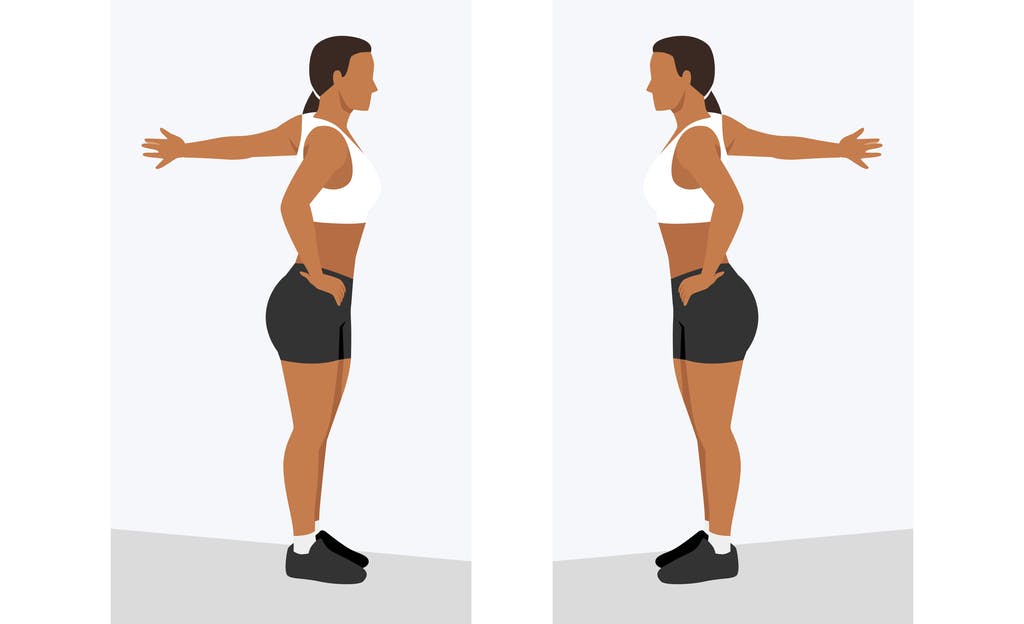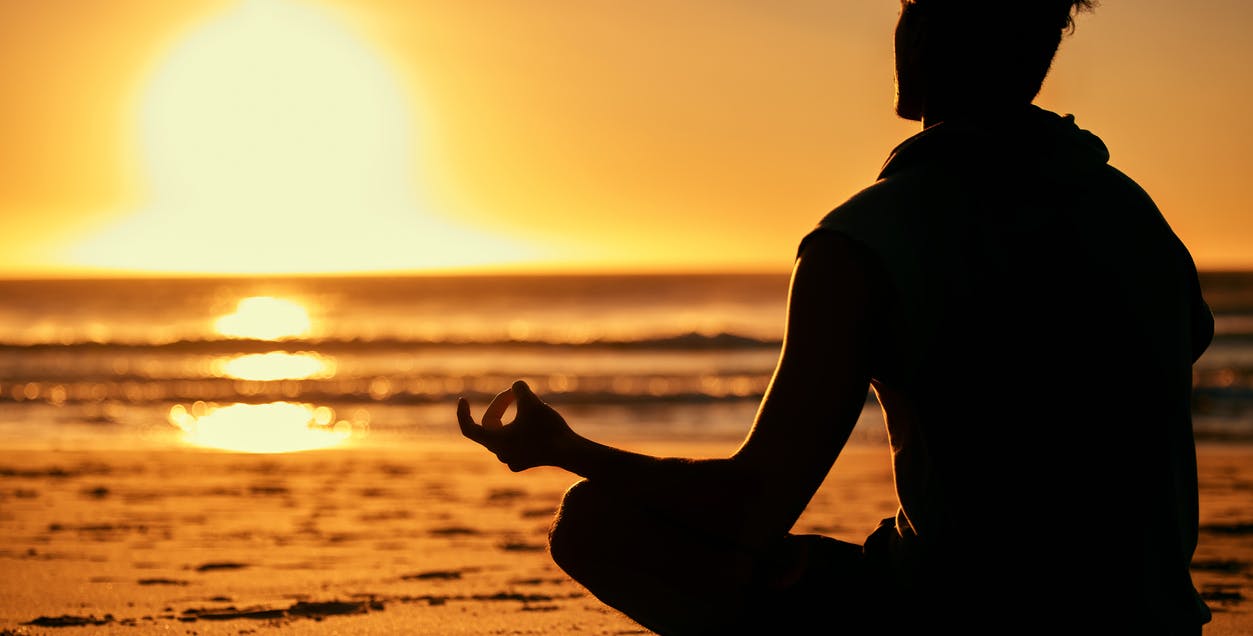How often do I need to workout to make progress?
A good rule of thumb is to never go more than three days without some form of exercise. That will equate to about two to three times a week of movement. But you may just find yourself making more progress by committing to up to five or six days a week with varying areas that you focus on each day. A little movement often can yield greater results than a lot of movement every now and then.
What if bridges or locust pose hurt my lower back?
You may be putting additional pressure on your lower back if your thighs or feet are turning away from one another. Try spiraling the thighs inward towards the center to see if that helps. If the pain continues, you can discontinue practicing them and focus on lunges and squats instead. If you want to continue the exercises, only lift to a point where you still feel comfortable and never beyond that.
Will I need any equipment for these exercises?
We’ve cultivated this list of exercises to get you moving right away. So, no. There is no equipment required for any of these exercises with the exception of the bicep curls—with those, you can simply use a water bottle if you have one handy. You’re always welcome to add equipment, though, whether ankle weights for your walks or a medicine ball or dumbbell for your Russian twists.
When is the best time of day to workout?
The best time of day to workout is whenever is best for you. Anytime is a good time if it’s what fits your schedule and supports your energy levels. There is a reason more 24 hour gyms have appeared and it’s because people’s schedules are so different these days. So find what works for you, and feel free to try different things until you find what feels right.
What if I can’t focus my mind in meditation?
The mind gets distracted. That’s just what it does. Meditation should be a joy, not a time of getting frustrated with yourself because you can’t focus. You may need to remind yourself to come back to your focal point 100 times in ten minutes of meditation, and that’s okay. It will get easier with practice… sometimes a lot of practice. But it’s worth it. And you’ll see the effects in all areas of your life, not just scuba diving.


